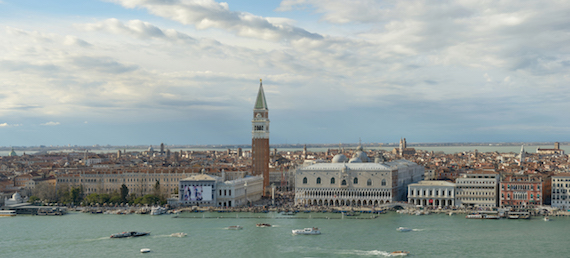Abstract
UNESCO World Heritage sites (WHS) located in coastal areas are increasingly at risk from coastal hazards due to sea-level rise. In this study, we assess Mediterranean cultural WHS at risk from coastal flooding and erosion under four sea-level rise scenarios until 2100. Based on the analysis of spatially explicit WHS data, we develop an index-based approach that allows for ranking WHS at risk from both coastal hazards. Here we show that of 49 cultural WHS located in low-lying coastal areas of the Mediterranean, 37 are at risk from a 100-year flood and 42 from coastal erosion, already today. Until 2100, flood risk may increase by 50% and erosion risk by 13% across the region, with considerably higher increases at individual WHS. Our results provide a first-order assessment of where adaptation is most urgently needed and can support policymakers in steering local-scale research to devise suitable adaptation strategies for each WHS.
One of the authors of this article, Dr Athanasios Vafeidis, is Coordinating Lead Author of the chapter 5 of the 1st MedECC Assessment Report (MAR1): “Managing future risks and building socio-ecological resilience“.

Piazza San Marco, Venice (photo: Wolfgang Moroder)
Reimann L, Vafeidis AT, Brown S, Hinkel J, Tol RSJ (2018) Mediterranean UNESCO World Heritage at risk from coastal flooding and erosion due to sea-level rise. Nature Communications, 9, 4161, https://doi.org/10.1038/s41467-018-06645-9
